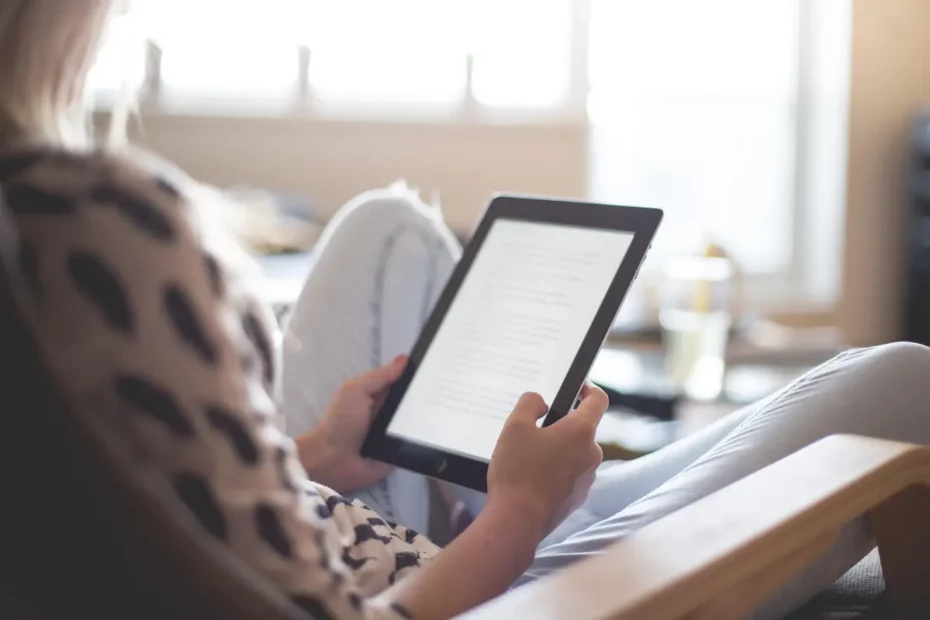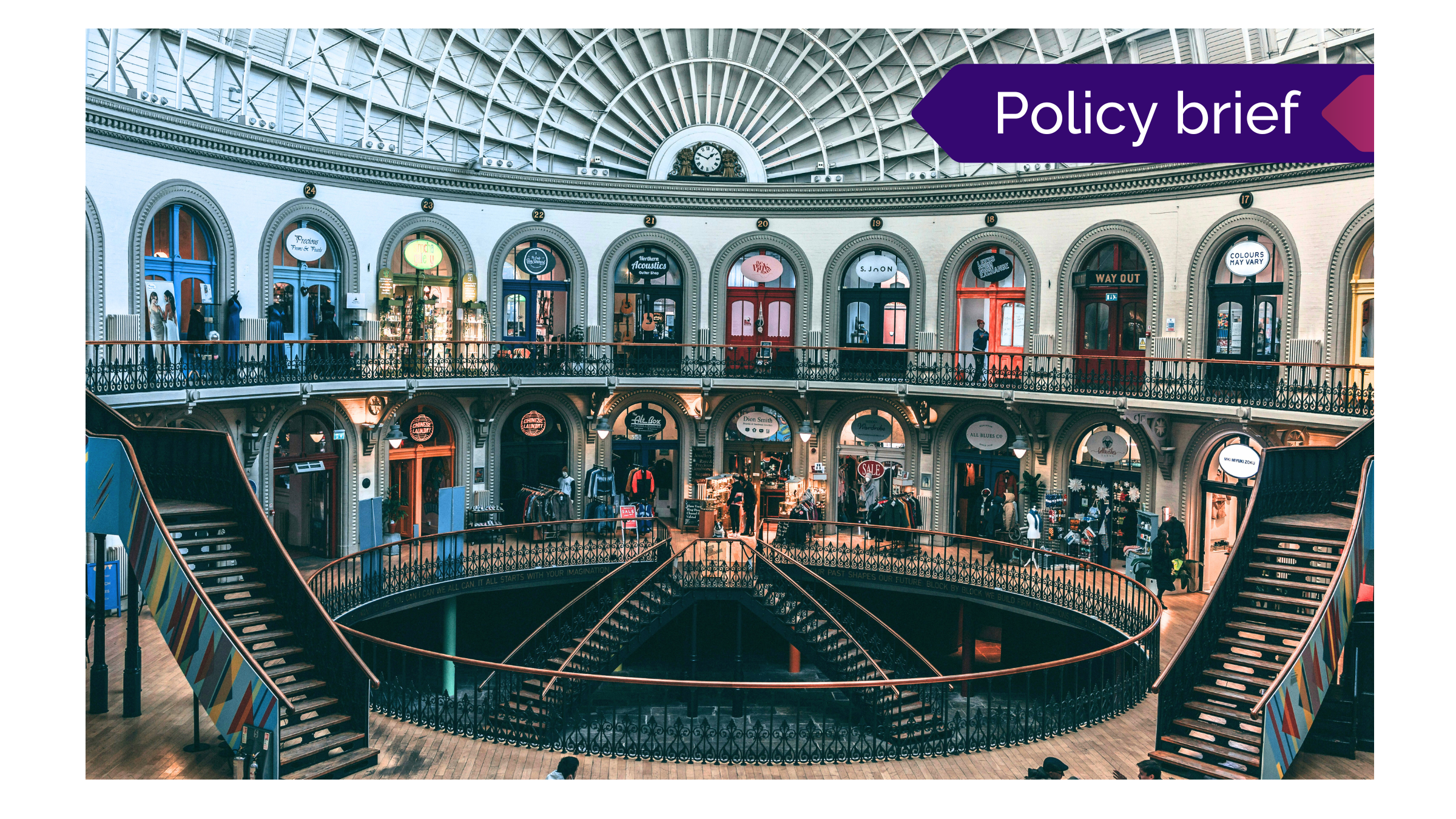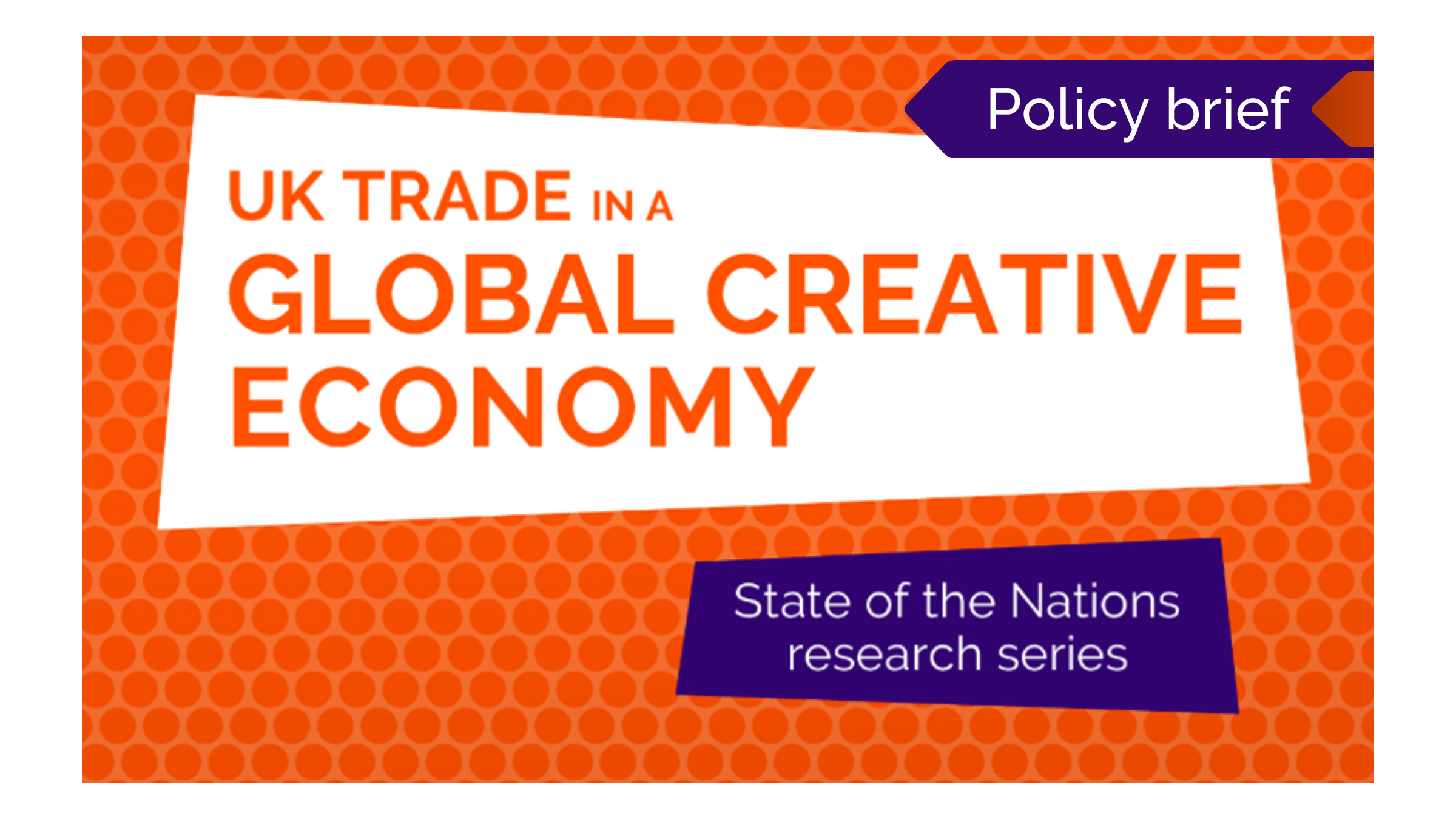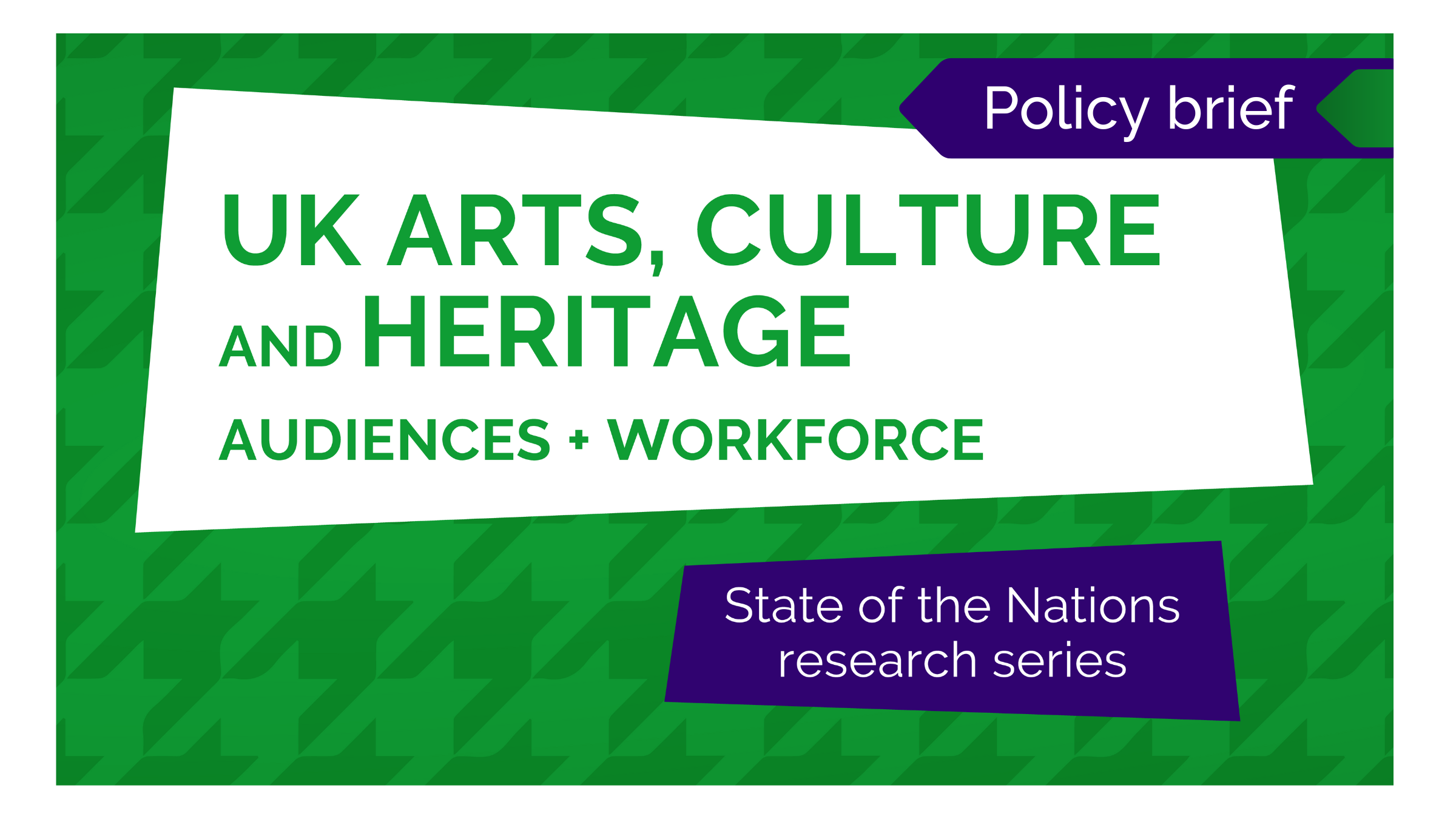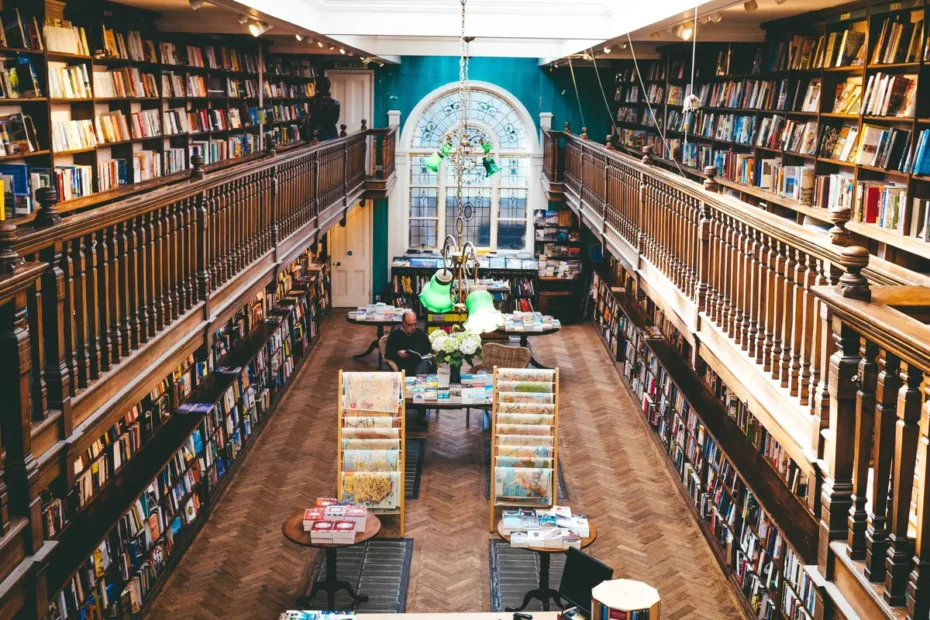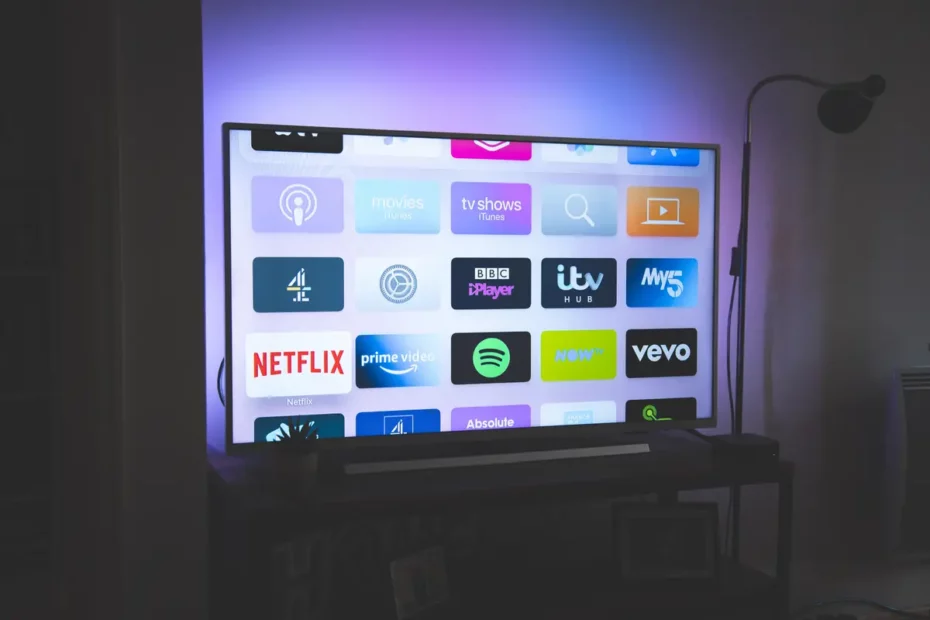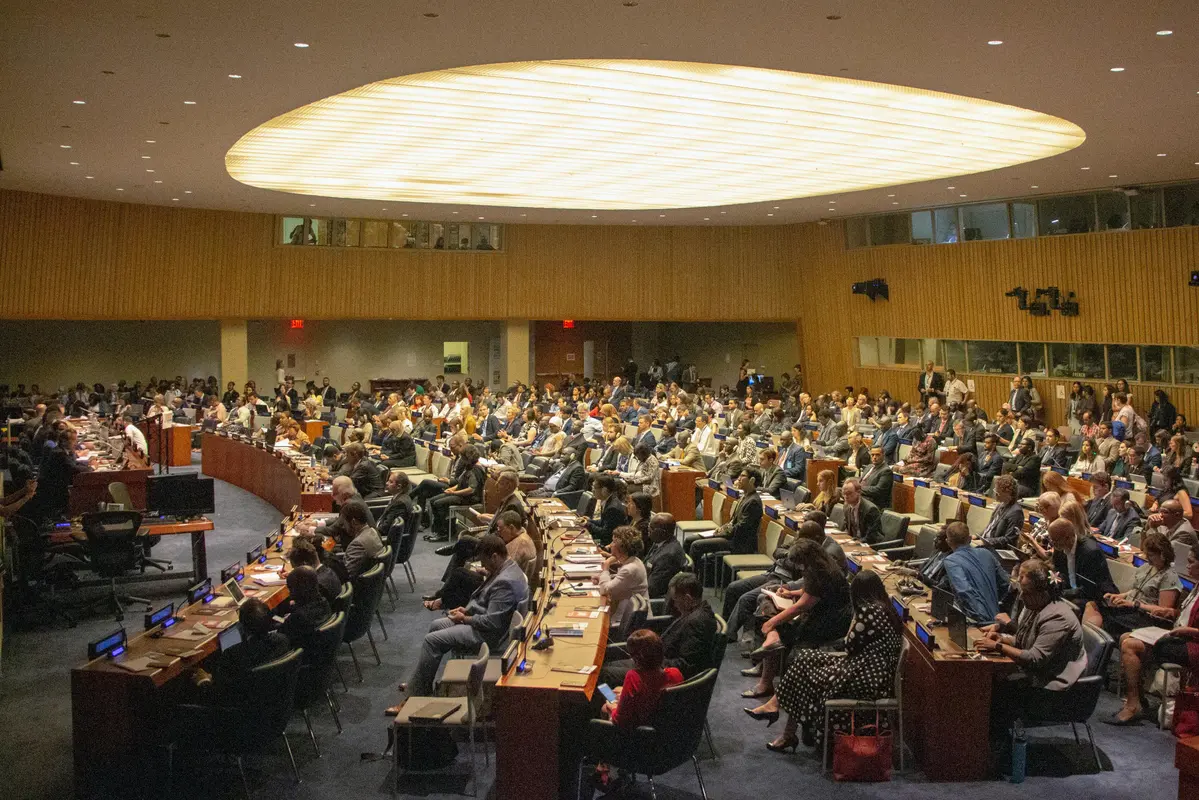The outbreak of COVID-19 and the halt on many cultural and creative activities, from live music, to museums, and cinemas, has changed the way that we experience content.
During April-May 2020, while the UK was under lockdown, we ran a six-week study with the Intellectual Property Office (IPO) and Audience Net. We wanted to understand how people were consuming digital content at home and how their habits of cultural consumption had changed since pre COVID-19.
Over the six-week period, we followed people’s patterns of consumption of film, music, TV, video games, publishing, and even filmed performances of theatre and digital art. These sectors generate billions of pounds of value added for the UK economy through physical engagement with consumers and it was critically important to monitor the impact that the crisis has had on the Creative Industries.
Working with the IPO and Audience Net, we have continued the study beyond the initial six-week period during lockdown. As lockdown eased, we began to explore the impact of COVID-19 on people’s cultural consumption as they spend less time at home and as some cultural and creative institutions begin to reopen (and potentially close again). Week 8of the study builds on the previous research and was ‘in the field’ from 3rd-9th August 2020 (lockdown restrictions were relaxed on 4th July). We followed people’s cultural consumption during July and will do so again for September.
Key findings from week 8 of the study
- Since lockdown restrictions began to ease in early July, there was an increase in people downloading content, which was largely sustained in our latest findings in early August. While the content categories experienced small declines in downloads compared to July, they remained higher than the lockdown period of the study.
- The amount of time spent consuming content daily has also been sustained beyond lockdown, despite more people being back at work. Compared to people’s consumption during the seven preceding weeks of the study (during lockdown in April-May and then again as lockdown restrictions eased in early July), people’s consumption was broadly consistent across the content categories.
- People continued to spend the most amount of time watching TV (median of four hours a day), followed by video games (three hours per day, up one hour since early July), film (2.5 hours per day) and music (two hours a day, down 0.5 hours since early July). E-books and audiobooks remained at two hours per day and digital magazines at one hour.
- We also saw a continued trend in purchasing of physical items such as books. While physical purchasing decreased since early July, it still remained above most of the lockdown weeks of the study.
These are all important findings because they suggest these trends may be sustained, at least insofar as we don’t again enter lockdown.
About the study
The PEC and the IPO commissioned AudienceNet to design and conduct a weekly nationally representative survey of 1000+ consumers on how they engage with digital cultural content in the home. Weeks 1—6 took place from 9th April – 24th May 2020, after lockdown was introduced in the UK in March. Week 7 and week 8 ran shortly after lockdown restrictions were relaxed on the 4th of July 2020, with another wave of the study to come in September.
Published 26th August 2020
Image by picjumbo.com
Related Policy Briefings
Policy Brief: Insights from the Northern Creative Corridor Workshops Sprint
The Northern Creative Corridor is an initiative aimed at connecting creative clusters across Norther…
Policy Brief: International Trade and the UK Creative Industries
This policy brief examines international trade in the UK creative industries. Drawing on our UK Trad…
Policy brief: Audiences and Workforce in Arts Culture and Heritage
This policy brief uses census data to provide, for the first time, a comprehensive analysis of audie…
Policy Brief: Transitioning to Sustainable Production across the UK Theatre Sector
This policy brief outlines recommendations for transitioning to more sustainable theatre production …
Authors’ Earnings in the UK
This policy briefing sets out areas for possible policy action, proposed by the researchers at CREAT…
Television production, international trade and pressures to consolidate
The UK television production sector is one of Britain’s leading creative export sectors. This briefi…
Three ways to support growth in the creative industries
Three ways to support growth in the creative industries The Creative Industries are an economic powe…
Policy briefing: Creative industries innovation in seaside resorts and country towns
This policy brief is based on a PEC Discussion Paper: Creative Industries Innovation in Seaside Reso…
Policy Briefing: R&D in the Creative Industries
The creative industries are one of the fastest growing sectors of the UK economy. One in eight UK bu…
A global agenda from the PEC’s International Council
You can now read the report in A Global Agenda for the Cultural and Creative Industries is the …
The birth of neo-regulation. Where next for the UK’s approach to platform regulation?
A new era of tech regulation is about to begin. However, planned legislation is leading to a tension…
Placemaking, Culture and Covid
In September 2021, we consulted a Panel of our Industry Champions on their experiences of …
